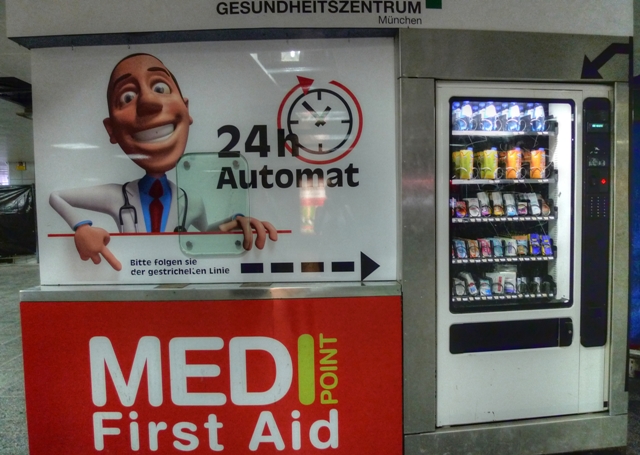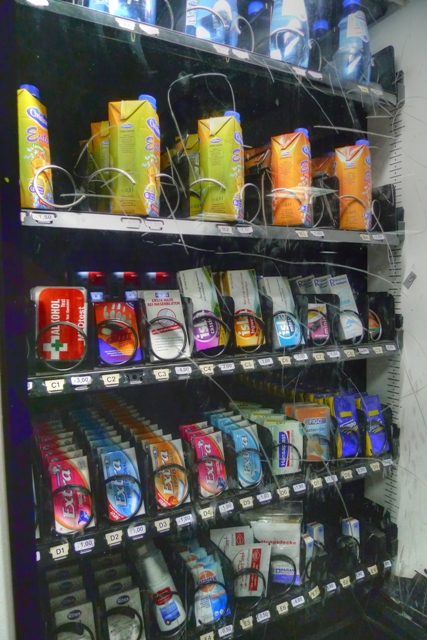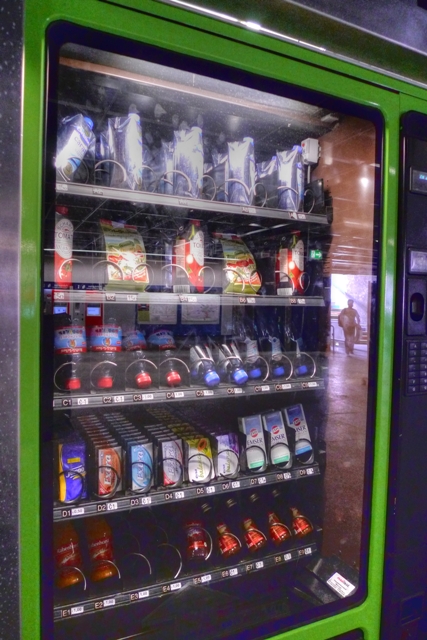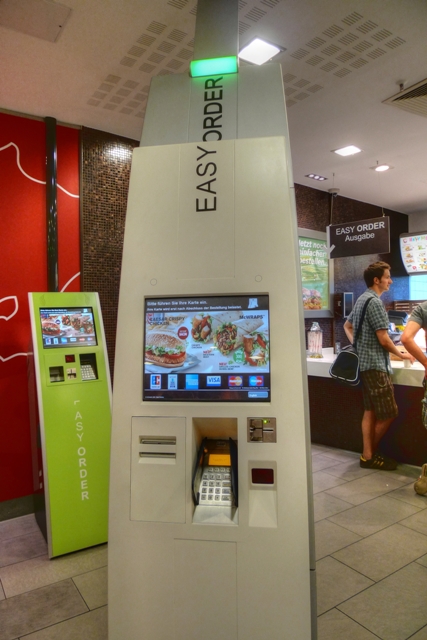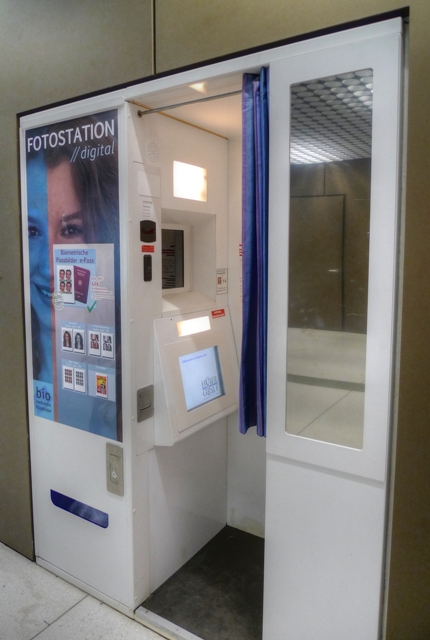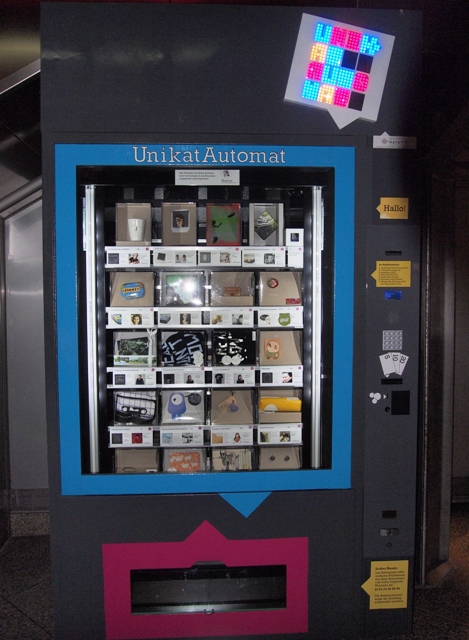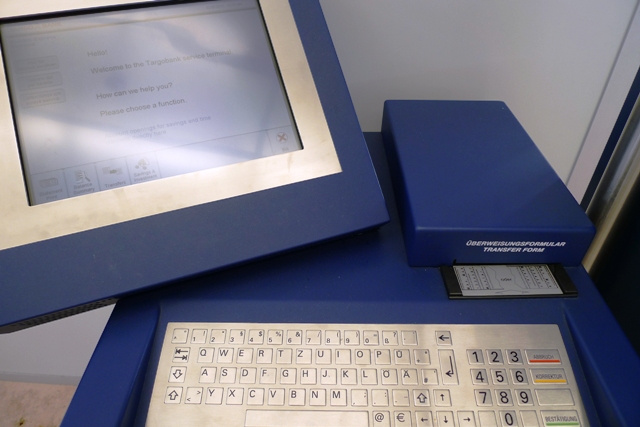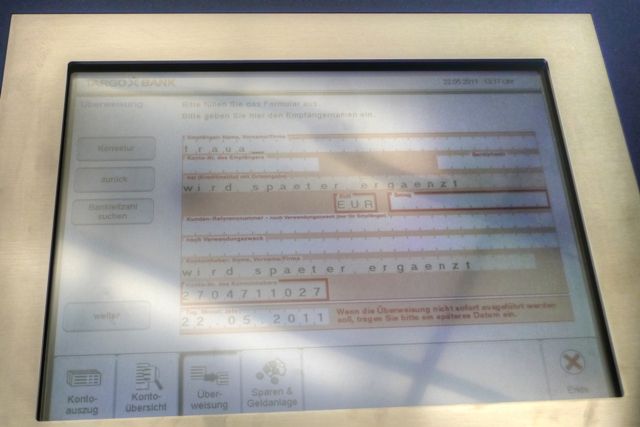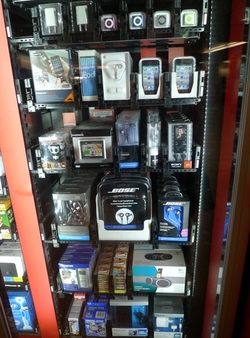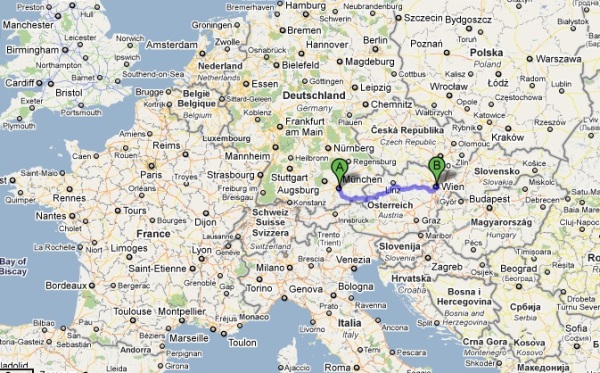Google Analytics Part 3 - Trigger Points
 Sunday, August 14, 2011 at 9:01
Sunday, August 14, 2011 at 9:01 In a prior post we shared maps indicating the locations from where people read the Schnitzelbahn blog. Hello world!
In this last part about Google Analytics we'll share what this tool tells us about how people found Schnitzelbahn, and what they're looking at. (Commercial sites must analyze this data endlessly!)
Traffic tools tend to identify three general sources of traffic. "Direct" means that the web surfer typed the URL directly into his/her browser. "Referring" or "Referred" means that they followed a link to Schnitzelbahn from another site. Finally, "Search Engines" indicate a pass-through from Google, Bing, etc. Here is our breakdown to date:
At the beginning, most traffic was Direct -- friends and family knew about our little project and simply typed www.schnitzelbahn.com. Then we started using Facebook statuses (nope, statii is not the plural of 'status', FYI) to let friends know new pages were available, so Referrals increased. Now, we're continuing to see increase in Referrals (from other web sites outside Facebook) but also an increase in Search Engine-generated traffic.
As with the visitor maps, you can deep-dive to see more information. For example (see below), Facebook Referrals have a lower Bounce Rate (bounce: reads one page and then leaves) and stay longer. No surprise here -- what nice friends we have! People typing the URL directly bounce more and leave more quickly... perhaps because they visit more often and have already seen the older posts?
Referrals from another expat-in-Germany blog (amiexpat.com) are great. These visitors don't bounce and stay a while. Thanks Christina! (Makes sense - both sites talk about life as an American in Germany, so a reader of one probably has some interest in the other.) There are other insights here as well.
In the referrals, there are tons of Google sites in the list above: USA, Germany, UK, Bulgaria, Hungary, Czech, Italy, Sweden, India... but what exactly did everyone type into Google to find Schnitzelbahn? Here's a snapshot of the last couple months.
I highlighted the searches that included "schnitzelbahn". They're positive, because people are searching for us semi-directly... but they're also not as "organic" as a blind search (blind = they found us purely because of Google says we have valuable content about a specific topic). Again using the visit data, we can infer a few things. First, people liked (or at least spent time on) the English Garden and Schlager posts. They spent more time on site, and these posts inspired them to look at other pages too (low Bounce Rate).
It was neat to see that Google is sending us new visitors on completely organic searches to -- for example, the ones outlined in blue, from "street painting" to "german pranks". The hits often resulted in 1-and-done visits, but we're not an encyclopedia on these topics by design so that's OK.
Of course Google searches themselves (like Facebook data) are both a source of academic research and cultural indicators. Google has a hot trends page showing the currently most popular searches. Google also created a zeitgeist page (zeitgeist is German, meaning "spirit of the times"), showing "how the world searched" in 2010.
For me, the Google searches give insight into how people perceive Germany, and what their personal interests are here. For example:
"texas like bavaria" (discussed in our post here)
"deutschland yodeling" (German stereotype)
"German sense of humor" (another stereotype, discussed in our post here)
"where to get a decent hamburger in Munich" (questions like this are common... need to be a future post obviously)
"German facial hair" (yet another stereotype, but partially true per our post here)
"weissbier pope" (you'd be surprised, the Pope and beer are linked!)
"wearing Uggs in Germany" (What the heck???)
There are some, ummmm, other searches that Google connects somehow to Schnitzelbahn. Not sure if I should say "sorry Mom" in advance, or hope she just doesn't read this far:
"naked on Sylt" (nude sunbathing is common here, and Sylt is a popular island)
"bahn bunnies" (oh my!)
"wiese nude sunbathing" (nude sunbathing is also common in Munich's English Garden)
"xxl german frau" (oh my, oh my!!)
Back to more professional themes - I went through all searches in the last couple weeks and grouped some by topic. (Google Analytics can't to this.) It was interesting to see the terms that showed up most frequently:
25 - Munich hiking day trips
17 - photography, Olympus, dramatic tone art filter
14 - alter ego names
12 - Franziskaner, naturtrub
11 - compact camera
10 - chocolate, easter, kinder chocolate
9 - nutella
8 - asparagus, spargel
7 - David Hasselhoff
6 - gummi bears
5 - german beards
4 - beer (this used to be one of the top search topcs... we need to post more about beer again!)
I like to look at these at a higher, more aggregate level:
49 - food
28 - photography
25 - travel
12 - German culture
These are the general themes that Google is matching to Schnitzelbahn, and basically how the blog/site header describes our hobby's intent. Everything is right with the world!
In fact, Google is also ranking our photographs higher too. At least in my search results, this Porsche photo is #25 for "dramatic tone art filter", this creation of Frau A is #4 for "gummi art", this Marienplatz photo is #2 for "Munich figures", and bizzarely our map here is #1 for "Kufstein sledding". (Readers: out of curiousity... what do your search results return?)
Lastly, Google Analytics can show Entry/Exit pages for visits. This is interesting because it identifies where people started, and to where they eventually exited on the blog. For example (below), of the most recent visits to the "How to Build an Igloo" post, a number of visitors then looked at the Time Lapse Photography post before leaving the site. I can't explain this - not sure what they have in common! But interesting, no?
We can see how large, commercial (revenue-generating) web sites rely on tools like Google Analytics to improve "performance". For us, it was simply interesting to see what is out there and learn about it. Hope you found it interesting too.
 Herr J ...
Herr J ...  Post a Comment
Post a Comment 



